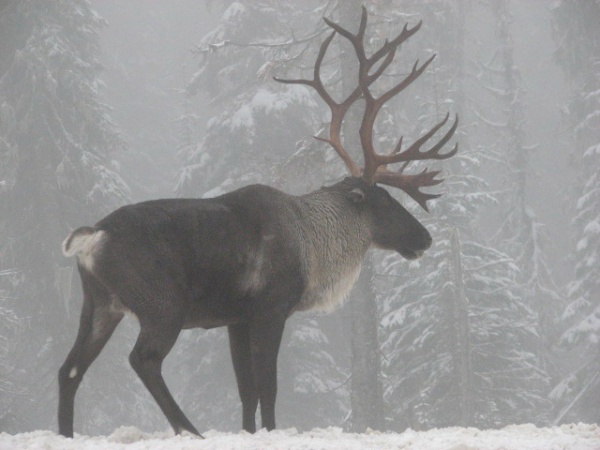Facts About Boreal woodland caribou
The boreal woodland caribou, a North American subspecies of reindeer, is predominantly found in Canada and is distinguished as the largest among caribou subspecies. Unlike other caribou, these animals prefer lichen-rich mature forests and tend to remain sedentary rather than migrate. Unfortunately, industrial development, habitat fragmentation, and predation pose significant threats to their survival. Once widespread across much of present-day Canada, their numbers have drastically declined.
In 2002, the boreal woodland caribou were officially designated as threatened due to significant habitat loss and declining populations. They are highly sensitive to disturbances caused by human activities such as resource exploration and road construction. This, combined with predation and habitat fragmentation, has exacerbated their population decline.
Caribou classification is quite complex, with different subspecies and ecotypes identified based on their behavior, habitat use, and migration patterns. Across North America, the decline in caribou populations is alarming, prompting efforts to monitor and conserve these animals using technologies like satellite tracking and electronic tagging.
Major threats to boreal woodland caribou include habitat degradation, cumulative effects of development, and predation. Conservation strategies and monitoring programs are being implemented to address these issues. The decline of caribou populations is not just a species-specific concern; it has broader implications for ecosystem health and biodiversity.
In the United States, the mountain ecotype of woodland caribou is critically endangered, with only a few individuals remaining. Attempts to reintroduce caribou populations in areas such as northern Minnesota have faced numerous challenges. The boreal forest ecotype has vanished from the lower 48 states, primarily due to habitat loss and human activities.

 United States
United States